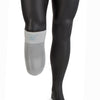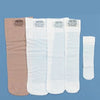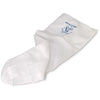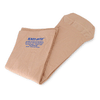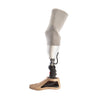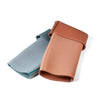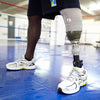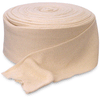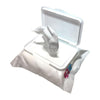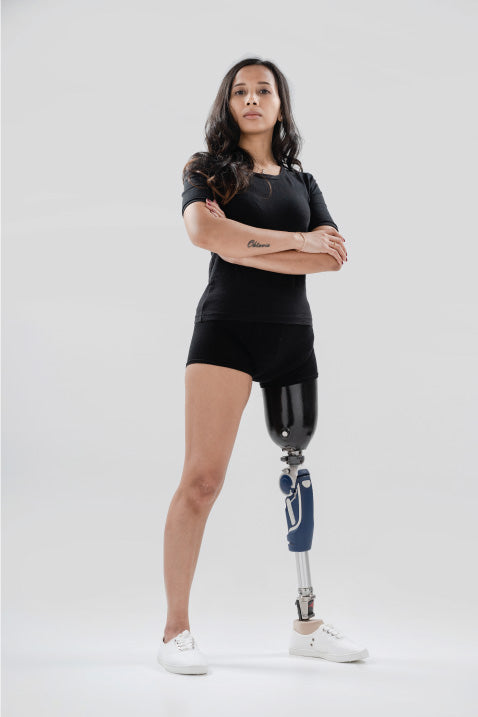Are there any mobility exercises that should be performed by an AK Amputee shortly after surgery?
Mobility for a lower limb amputee is an important issue. Shortly after surgery is completed and as long as the person is medically stable, both physical and occupational therapists can begin giving the new amputee techniques that will help improve mobility. One of the first skills taught to the amputee is how to move around in bed. A new above- or below-knee amputee may find it difficult to move in bed, particularly if surgery caused them to become weak and deconditioned. Even though the patient may not want to move because of pain and fatigue, bed mobility is extremely important since it prevents the development of pressure sores that can lead to secondary problems like infection, further surgery and limb loss. One way a new amputee can move in bed is with the use of a trapeze. A trapeze is an apparatus that may be attached to the person’s bed and hangs over his head. This trapeze gives the new amputee the ability to grab onto something and if he is strong enough to move his body in bed, thereby relieving skin pressure.
Another important mobility technique taught by the rehabilitation team is the single leg pivot shift transfer. A transfer simply means that the individual is moving from one place to another, such as from a bed to a wheelchair or toilet. A single-leg pivot shift transfer involves having the new amputee stand on the sound limb and turn his body in order to comfortably sit onto a new surface. Often, especially if the individual is weak or unsteady, this type of transfer needs to be done with the assistance of a therapist or nurse. If the person has both lower limbs amputated, double amputee or is too weak to use a single-leg pivot transfer, then an alternative method of transfer can be tried using a sliding board.
With this technique, a sturdy board is placed between one surface, such as a wheelchair or bed, and another surface, such as a shower chair or toilet. It is important that the two surfaces be relatively level so that the individual can slide himself across the board to the other surface. In this way, the amputee does not require lower limbs or a prosthesis to move from one surface to another.
Additional techniques can be taught for activities of daily living which consist of dressing, bathing, toileting and eating. Typically, an occupational therapist proves to be a vital component of the rehabilitation team and can show the new amputee how to perform these ADLs. Occasionally, especially if the individual has a concomitant medical problem such as a previous stroke or arthritis, then adaptive equipment such as a sock donner, reacher or shower chair may be necessary. Certain body positions such as the bridge maneuver described above can be an ideal position in which an amputee will be able to pull up underwear or pants. It should be noted that if an amputee is unable to put on pants by himself then it is unlikely that he will be able to put on a lower limb prosthesis independently.













































